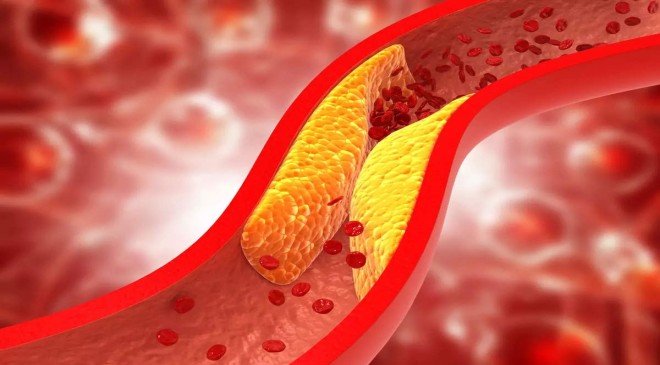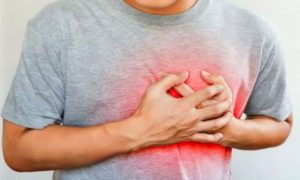Mention cholesterol and eight out of 10 people would jump in alarm. It’s bad, we would be told in no uncertain terms. Facts, though, are slightly different. Cholesterol, a fat-like substance found in all cells of the body, is an essential part of human body doing a yeoman service—it is needed for cell membrane integrity, hormonal production, neuronal and brain development; and it also makes hormones, vitamin D, and substances that help digest food.
While the body makes all the cholesterol we need, problem arises when they go beyond certain limits and raise blood cholesterol, which in turn deposits in the blood vessels, causing atherosclerosis. This, in turn, can trigger Coronary Artery Disease (CAD), cerebral stroke and peripheral vascular disease, caused by the narrowing of the lumen of blood vessels.
Cholesterol travels through the bloodstream in small packages called lipoproteins. These packages are made of fat (lipid) on the inside and proteins on the outside. Cholesterol with lower density, called Low Density Lipoprotein (LDL), tends to deposit in blood vessels. On the other hand, High Density Lipoprotein (HDL) is called ‘good cholesterol’ because it carries cholesterol from other parts of the body back to the liver, which eventually removes the cholesterol from the body.
About three in every 20 people have cholesterol abnormalities in some form. These anomalies do not show any symptoms and the only way of assessing them is through routine screening. That is why many of us do not know our cholesterol levels are too high. Simply put, higher the level of LDL cholesterol in your blood, greater the chances of getting heart disease. And higher the level of HDL cholesterol in your blood, the lower the chance of getting it.
Many factors can affect the cholesterol level in blood, and factors like diet, physical activity and weight can be monitored and controlled. So, limit food with cholesterol, saturated fat, and trans fats; instead have more mono and polyunsaturated fat (PUFA), such as safflower, sunflower and fish oil. Nuts, too, can significantly reduce blood cholesterol.
Saturated fat—found in some meat and dairy products, chocolate, baked eatables and deep-fried and processed food, and some oils such as coconut—raises LDL levels more than anything else in your diet. Trans fats, found in some fried, baked and processed food items, raise your LDL cholesterol and lower HDL.
What cannot be controlled are factors such as heredity, age and sex. High blood cholesterol can run in families because metabolic disorders have predominantly genetic causes. Further, as we age, LDL levels rise. Before 55, women usually have lower LDL levels than men, after which they can have higher LDL levels than men.
THE TO-DO LIST
* Measure cholesterol levels by a lipid profile test at least once every three months.
* Follow a cholesterol-lowering diet.
* Eat less food containing saturated fat like some meats, dairy and baked products.
* Eat more food containing soluble fibre, such as oatmeal, apples, pears, that prevent the digestive tract from absorbing cholesterol.
* Manage body weight through regular exercise for at least 30 minutes a day.
—The writer is a noted cardiologist





































